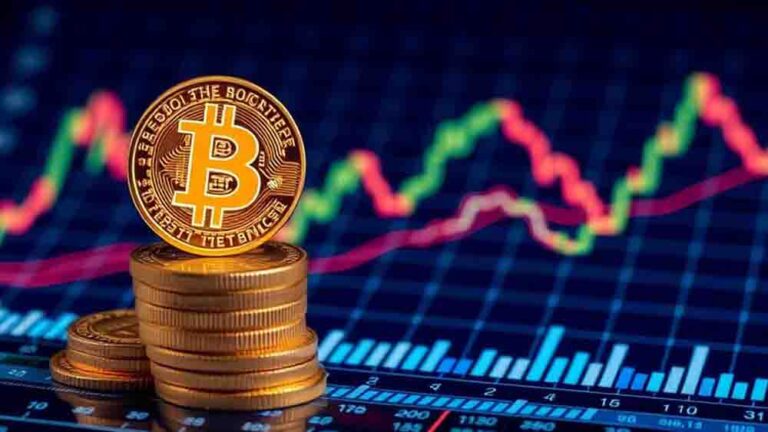7 Tips: Gold ETFs and Crypto ETFs Showdown
Note: This post may contain affiliate links, and we may earn a commission (with No additional cost for you) if you purchase via our link. See our disclosure for more info. The gold and crypto world is constantly changing. This is not financial, investment, legal, or professional advice. So, please verify the information on the gold and cryptocurrency provider’s websites.
Click below and listen to the podcast on this page.
In the complex world of investments, a debate has grown. It is about Gold ETFs and Crypto ETFs. These two asset classes take different approaches to portfolio diversification. Each has its own pros and cons. Whether you're a seasoned investor or a beginner, know the key differences between these ETFs. It is vital for making informed decisions. This showdown will share seven tips. They will help you compare Gold and Crypto ETFs. They could greatly impact your investment strategy. Are you ready to uncover which option might be better suited for your financial goals?
Key Takeaways
- Gold ETFs offer lower volatility and more stable returns compared to crypto ETFs, making them suitable for risk-averse investors.
- Crypto ETFs like GBTC have shown higher potential returns but come with extreme price fluctuations and higher expense ratios.
- Gold ETFs benefit from established regulations, while crypto ETFs face an evolving regulatory landscape, adding investment uncertainty.
- Gold ETFs provide better liquidity and allow for physical redemption, whereas crypto ETFs may have lower liquidity and trade at premiums.
- Combining both ETF types in a portfolio can balance risk and return, optimizing diversification benefits for investors.
Understanding ETF Structure Differences
What sets gold ETFs apart from their crypto counterparts? The structure and underlying assets of these investment options differ notably. Gold ETFs, like SPDR Gold Shares (GLD), typically hold physical gold bars, providing direct exposure to the precious metal's value. In contrast, Bitcoin ETFs, such as Grayscale Bitcoin Trust (GBTC), often hold bitcoin or related assets without physical ownership.
When comparing expense ratios, gold ETFs generally offer more cost-efficient options. For example, GLD's expense ratio is 0.4%, while GBTC's is 2.0%. This difference can impact your long-term returns.
Both gold and Bitcoin ETFs come in physically-backed and futures-based formats:
- Gold ETFs: Backed by physical gold or gold futures contracts
- Bitcoin ETFs: Either hold actual bitcoin or focus on bitcoin futures
Liquidity and ease of trading vary between these ETF types:
- Gold ETFs: Influenced by the established gold market
- Bitcoin ETFs: Subject to cryptocurrency market volatility
Gold ETFs boast a longer track record as a safe-haven asset, offering stability during economic uncertainty.
Bitcoin ETFs, while newer, present potential for high returns but come with notable price volatility.
Consider your risk tolerance and investment goals when choosing between these options.

Comparing Historical Performance
While understanding the structural differences between gold and crypto ETFs is important, examining their historical performance offers valuable insights for investors. Over the past five years, the Gold ETF launched as SPDR Gold Shares (GLD) has delivered a 55% return, lagging behind the S&P 500's 74%. In contrast, the Grayscale Bitcoin Trust (GBTC) has achieved an astounding 23x return on investment.
However, it's essential to reflect on the volatility associated with these investments:
- GLD, often viewed as a safe haven asset, has shown more stable performance.
- GBTC experienced extreme fluctuations, including an 82% loss in 2018.
When evaluating these options, you should also take into account expense ratios:
- GLD: 0.4%
- GBTC: 2.0%
The higher expense ratio of GBTC can impact your overall investment value. Additionally, GBTC's price can be affected by market premiums and discounts, currently trading at a 10% premium.
Your risk tolerance plays a significant role in choosing between these options. While GBTC has shown remarkable returns, its volatility may not suit conservative investors.
GLD offers more stability but with potentially lower returns. Carefully weigh these factors against your investment goals before making a decision.
Evaluating Risk and Volatility
How do gold and crypto ETFs stack up when it comes to risk and volatility? When comparing Bitcoin and Gold ETFs, it's clear that crypto investments carry notably higher risk. Gold ETFs, such as SPDR Gold Shares (GLD), have demonstrated more stable performance over time, making them attractive to risk-averse investors. In contrast, Bitcoin ETFs like Grayscale Bitcoin Trust (GBTC) have experienced extreme price fluctuations, with GBTC losing 82% in 2018 alone.
| Aspect | Gold ETFs | Crypto ETFs |
|---|---|---|
| Volatility | Lower | Higher |
| Expense Ratio | Lower (e.g., 0.4% for GLD) | Higher (e.g., 2.0% for GBTC) |
| Risk-Adjusted Returns | More favorable | Less favorable |
Gold ETFs are often considered a hedge against inflation and economic uncertainty. The price of gold tends to have a low correlation with equities, providing portfolio diversification benefits. For conservative investors, gold ETFs offer a more stable investment strategy. However, it's essential to recognize that while gold ETFs generally exhibit lower volatility, they may not provide the same potential for high returns as crypto ETFs. Your investment advice should consider your risk tolerance and financial goals when choosing between these options.
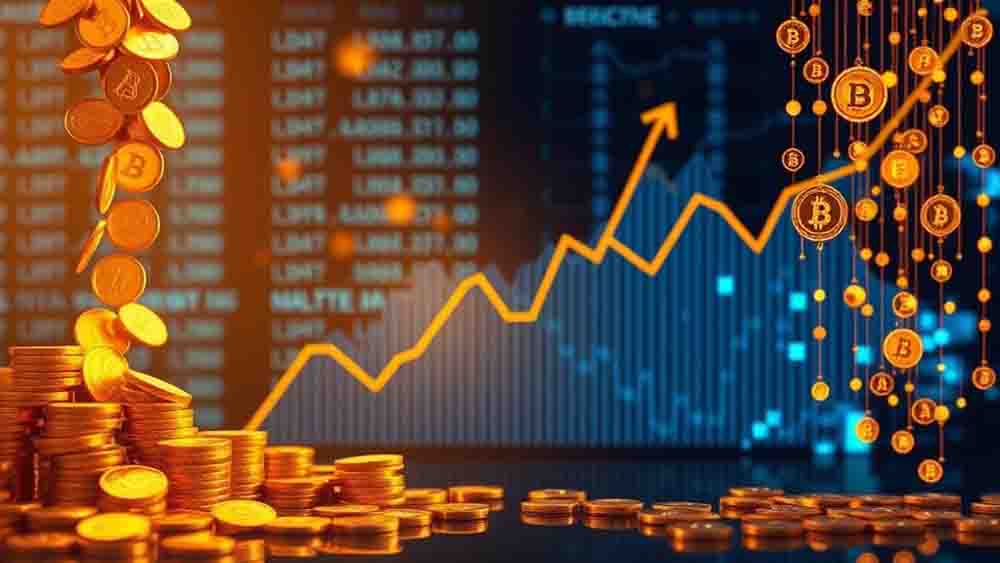
Assessing Regulatory Landscape
Beyond risk and volatility, the regulatory landscape plays a major role in shaping the investment environment for gold and crypto ETFs. When comparing gold and Bitcoin, you'll find significant differences in their regulatory frameworks:
Gold ETFs:
- Established regulations
- Well-defined oversight
- Long-standing reputation as a safe-haven investment
- Clear rules for physical storage and insurance
Bitcoin ETFs:
- Evolving regulatory environment
- Delayed approvals from the SEC
- Uncertainty surrounding classification as a commodity or security
- Potential for policy changes affecting availability and value
As an investor, you should be aware that the regulatory stability of Gold ETFs provides a more predictable investment environment.
These traditional investments benefit from years of established oversight, making them easier to understand and assess.
In contrast, Bitcoin ETFs face ongoing regulatory challenges. The SEC's hesitancy to approve these products introduces additional risks and uncertainties.
The classification debate between commodity and security status for Bitcoin continues to influence its regulatory framework.
When considering your investment options, factor in the regulatory landscape. Gold ETFs offer a more stable regulatory environment, while Bitcoin ETFs present potential opportunities alongside regulatory uncertainties.
Your risk tolerance and investment goals should guide your decision-making process.
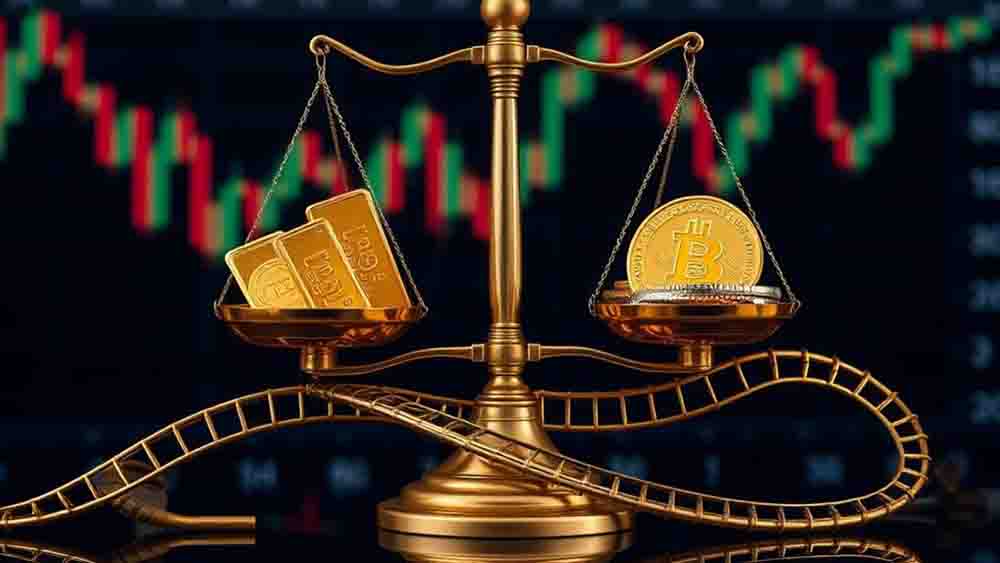
Analyzing Liquidity and Accessibility
Liquidity and accessibility are essential factors when comparing gold and crypto ETFs. When evaluating these investment options, you'll find significant differences in their market dynamics and ease of trading.
Gold ETFs, like SPDR Gold Shares (GLD), offer superior liquidity due to their established market presence. You can expect:
- Higher average daily trading volumes
- Easier buying and selling without significant price impact
- Option to redeem shares for physical gold
In contrast, Bitcoin ETFs, such as Grayscale Bitcoin Trust (GBTC), face challenges:
- Lower liquidity levels
- Potential premiums or discounts to the underlying asset
- No physical asset redemption option
However, Bitcoin ETFs are becoming more accessible as they integrate into traditional brokerage accounts. This allows you to trade them alongside stocks, potentially increasing investor interest.
When considering accessibility:
- Gold ETFs have a longer-standing reputation as a secure investment
- Bitcoin ETFs are attracting attention from investors familiar with stock trading
Your choice between gold and crypto ETFs will depend on your risk tolerance and investment goals. Gold ETFs offer more stability and liquidity, while Bitcoin ETFs provide exposure to the growing cryptocurrency market.
Carefully assess your needs before making a decision.
Considering Diversification Benefits
When it comes to diversification, both gold and crypto ETFs offer unique benefits to your investment portfolio.
Gold ETFs, like SPDR Gold Shares (GLD), provide stability and act as an inflation hedge during economic downturns. They've a low correlation with stocks, helping to stabilize your portfolio when markets are volatile.
Bitcoin ETFs, such as Grayscale Bitcoin Trust (GBTC), offer exposure to a high-growth asset class. While they can increase portfolio volatility, they also have the potential to enhance overall returns. Bitcoin's limited supply may attract investors seeking an alternative inflation hedge.
Consider incorporating both asset classes into your portfolio:
- Gold ETFs for stability and risk reduction
- Bitcoin ETFs for growth potential and diversification
By combining these ETFs, you can balance risk and return in your investment strategy.
Gold ETFs typically experience lower volatility compared to Bitcoin ETFs, which can see significant price swings. This combination allows you to:
- Reduce specific asset risk
- Maintain value during market instability
- Potentially increase overall portfolio returns
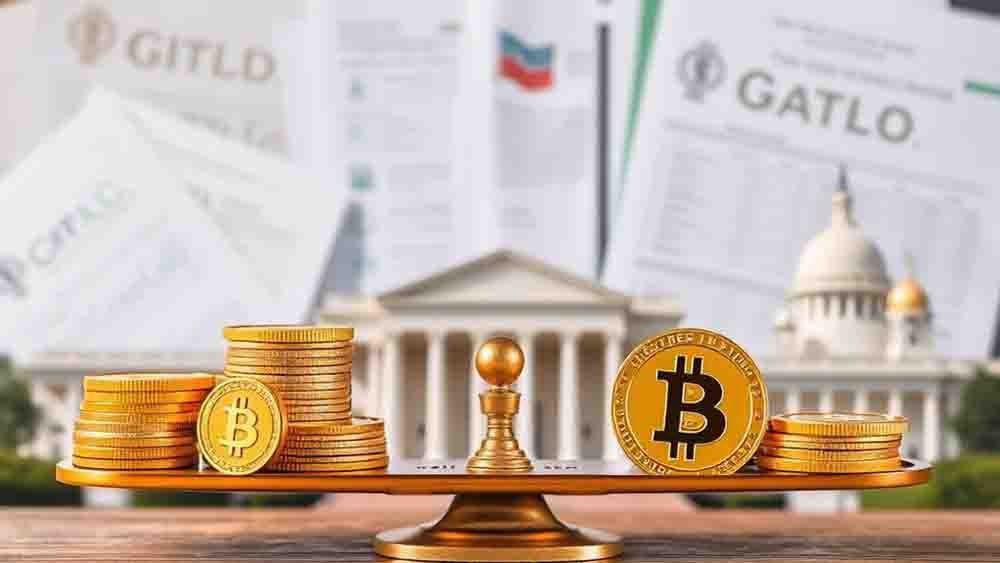
Weighing Costs and Fees
A critical aspect of choosing between gold and crypto ETFs is understanding their associated costs and fees. When you invest in gold or digital currency through ETFs, it's crucial to take into account the expense ratio, which directly impacts your long-term returns.
- Gold ETFs vs Crypto ETFs:
- SPDR Gold Shares (GLD) has a 0.4% expense ratio
- Grayscale Bitcoin Trust (GBTC) has a 2.0% expense ratio
The lower fees of GLD make it more cost-efficient, especially for long-term investors. This difference can greatly affect your potential gains or losses over time.
Additional considerations:
- GBTC often trades at a premium or discount to its net asset value
- GLD offers lower storage and insurance costs compared to physical gold
- GBTC faces additional risks related to digital asset security
Before you buy and sell these ETFs, conduct thorough due diligence. Reflect on how fees impact your investment goals and risk tolerance.
While GBTC has shown exceptional returns, its higher costs and volatility may not suit conservative investors seeking stability through GLD.
Frequently Asked Questions
What Is the Disadvantage of Gold ETFS?
Gold ETFs come with several disadvantages you should consider.
You'll face higher storage and insurance costs, which can eat into your returns.
When you want to cash out, you might encounter limited liquidity, making it challenging to sell quickly.
You'll also need to watch for tracking errors, where the ETF doesn't perfectly mirror gold's price movements.
Additionally, market conditions can impact futures-based ETFs, potentially creating discrepancies between the ETF price and gold's actual value.
Are Gold ETFS Worth It?
Gold ETFs can be worth it for your investment portfolio. They offer you exposure to gold's value without the hassle of physical ownership.
With low expense ratios, like GLD's 0.4%, they're cost-effective. Gold ETFs provide a hedge against inflation and economic uncertainty, offering stability to your investments.
Their strong performance, such as GLD's 55% return over five years, demonstrates potential for growth. However, keep in mind that they may underperform compared to broader market indices like the S&P 500.
Which Gold ETF Is the Best?
When considering the best gold ETF, you'll find that SPDR Gold Shares (GLD) stands out as a top choice.
It's the largest and most traded gold ETF, offering efficient exposure to gold with a $5 billion market cap and a 0.4% expense ratio.
GLD's structure allows you to invest in gold without physical ownership, as it holds actual gold bars in a vault.
Its 55% return over five years and reputation as a safe-haven asset make it an attractive option for many investors.
Is It Better to Invest in Crypto ETF?
Investing in crypto ETFs can be a compelling option, depending on your risk tolerance and investment goals.
You'll gain exposure to the high-growth potential of cryptocurrencies without the complexities of managing digital wallets.
However, you should be aware of the higher expense ratios and significant volatility.
While crypto ETFs have shown exceptional performance in some periods, they've also experienced dramatic losses.
Consider your financial situation, risk appetite, and portfolio diversification strategy before deciding if crypto ETFs are right for you.
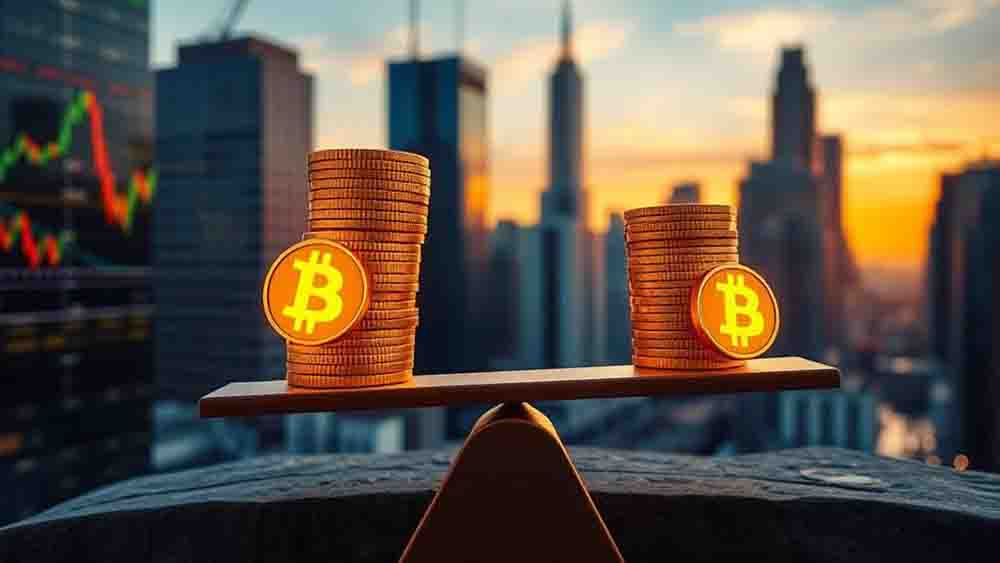
Conclusion
When deciding between Gold ETFs and Crypto ETFs, you'll need to carefully weigh your investment goals and risk tolerance. Gold ETFs are stable and protect against inflation. Crypto ETFs can yield high returns but are more volatile. Consider factors like regulatory environment, liquidity, and fees. Remember, diversification is key. Ultimately, your choice should align with your financial strategy. Stay informed about market trends. Then, consult a financial advisor. They can help you make the best decision for your portfolio.










